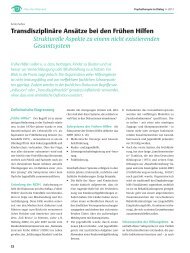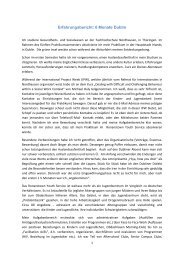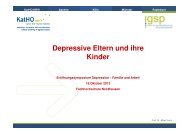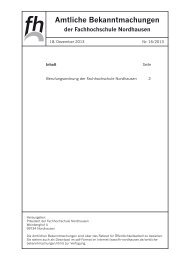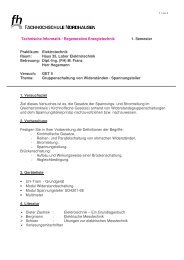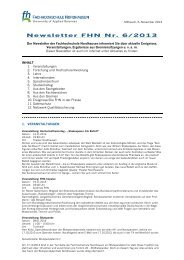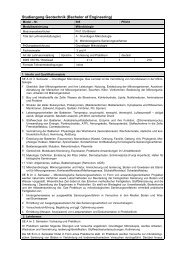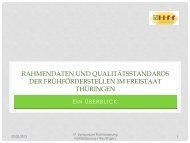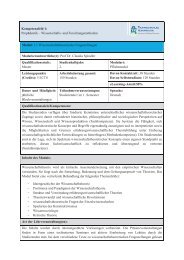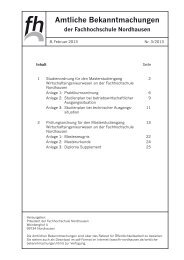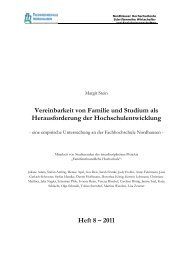application of the kano model to sensory ...
application of the kano model to sensory ...
application of the kano model to sensory ...
You also want an ePaper? Increase the reach of your titles
YUMPU automatically turns print PDFs into web optimized ePapers that Google loves.
Background / Research questions<br />
Kano´s Model uses three categories <strong>of</strong> attributes: “Attractive Attributes”,<br />
“Performance Attributes” and “Must-be Attributes”.<br />
All three attributes are following <strong>the</strong><br />
rules:<br />
The more intense <strong>the</strong> more satisfying<br />
Or<br />
The less intense <strong>the</strong> more satisfying<br />
Needs not<br />
fulfilled<br />
Two possible<br />
preferred<br />
directions <strong>of</strong><br />
Intensity<br />
Cus<strong>to</strong>mer<br />
satisfied<br />
Cus<strong>to</strong>mer<br />
neutral<br />
Cus<strong>to</strong>mer<br />
dissatisfied<br />
8 th Pangborn Symposium Florence<br />
Attractive<br />
Attribute<br />
Must-be<br />
Attribute<br />
Performance<br />
Attribute<br />
Needs<br />
fulfilled<br />
+ -<br />
page 3



